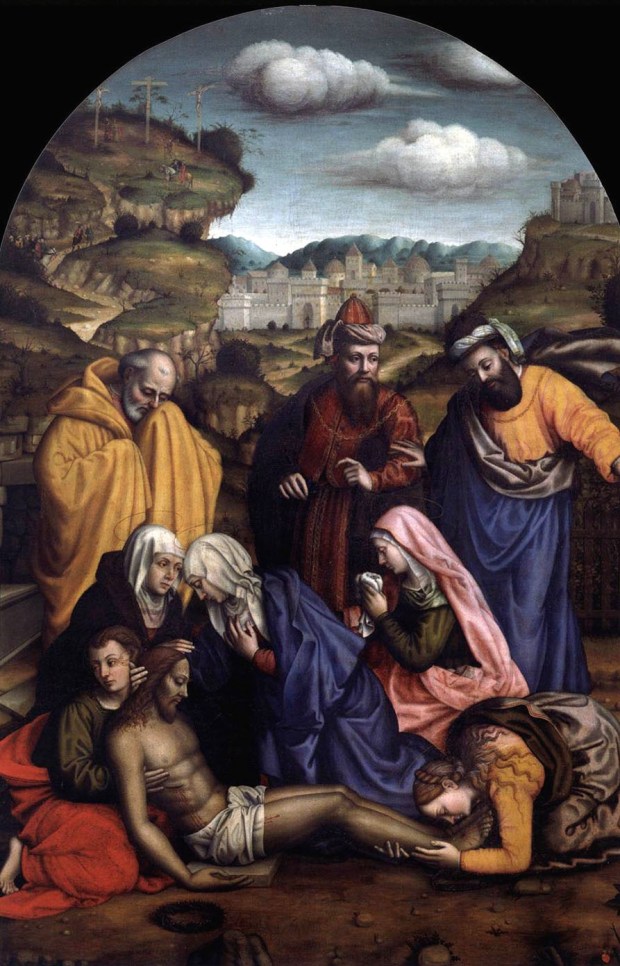Think of Renaissance artists working in Florence, and surely names like Michelangelo and Sandro Botticelli come to mind. Yet, not many of us may know that women, too, left a mark on this unparalleled artistic period.
Plautilla Nelli was born in Florence in 1524 and entered the Dominican convent of St. Catherine of Siena at age 14.
Young Plautilla took vows, became a nun, and taught herself painting by copying works of art found inside St. Catherine of Siena’s monastic complex as well as drawings by Fra Bartolomeo, a Dominican priest who was active as a painter in Renaissance Florence, along with figures like Lorenzo di Credi and Mariotto Albertinelli.

As her style evolved, Nelli was able to start her own workshop and taught painting techniques to several other nuns. Her work was known and praised by leading art historian Giorgio Vasari, an endorsement that made her the first recognized female artist in Florence.
Most of Plautilla’s work was kept inside the convent of St. Catherine of Siena, but unfortunately, many paintings were later lost or destroyed. Luckily, some of her paintings, including lunettes depicting St. Dominic and St. Catherine, were kept by Dominican churches in Florence, while others are found in Florence’s museums.
The latter collection includes the “Commiseration of Dead Christ,” currently kept at the National Museum of St. Mark.

This year marks the 500th anniversary of Nelli’s birth, and her native city is celebrating her legacy with a landmark restoration project. Thanks to a collaboration between non-profit art foundations Artemisia Gold and Istituto Lorenzo de' Medici, an international higher education institution specializing in Italian arts and culture, experts will restore the recently re-discovered 1550 painting “Madonna and Child with Saint Dominique and Saint Agnes.”
On top of the restoration project, Nelli’s anniversary was celebrated with a special learning day titled “Sisterhood in Art,” in collaboration with art research center Caravaggio Contemporary under the patronage of the Municipality of Florence.
“I am pleased to inaugurate a project that values the activity of the Renaissance painter Plautilla Nelli,” said Carla Guarducci, President and CEO of the Lorenzo de’ Medici Institute. “Despite entering the convent at a young age, she was able to create, through art and the sharing of artistic knowledge, a creative and, in a sense, liberated space in a world where such freedom was denied to women.”
As explained in a press release, the restoration project continues the legacy left by the late Jane Fortune and Advancing Women Artists, which has contributed to unveiling one of Nelli’s masterpieces, the "Last Supper," at the Museum of Santa Maria Novella in 2019.
The 500th anniversary joint project aims to restore Nelli’s artwork and to shed light on her contribution as a female artist during the Renaissance, hopefully allowing for a deeper understanding of the role of women in art history.
“This restoration project aims to rectify artistic justice for an extraordinary figure on the occasion of the quincentenary of her birth, preserving the artistic heritage that binds us to the past and inspiring future generations,” said Alessia Bettini, deputy mayor and cultural affairs councilor of the Municipality of Florence. “It is also a new opportunity to deepen our understanding of the contribution of women in Renaissance art.”



